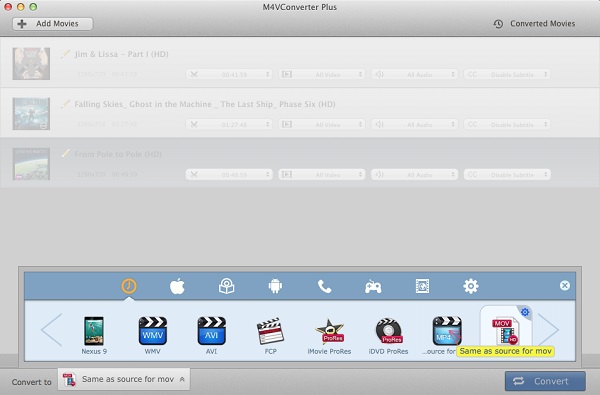
The hardware configuration for each TRC is well defined, and allowed deviation from this hardware configuration is very limited. They are intended for customers who want a pre-engineered packaged solution with performance guarantee and/or customers who are not necessarily experienced with virtualization. They have a fixed hardware configuration, and they are tested and validated with Cisco Collaboration applications for specific guaranteed performance, capacity, and application co-residency scenarios. TRCs are selected hardware configurations based on the Cisco Unified Computing System (UCS) servers. There are three types of hardware options for Cisco Unified CM: Tested Reference Configurations, Cisco Business Edition 60, and Specifications-based hardware. Unified CM and Unified CME Interoperability via SIP in a Multisite Deployment with Distributed Call Processing.Instant and Permanent Hardware Conferencing.Overview of Interoperability Between Unified CM and Unified CME.Integration of Multiple Call Processing Agents.Redundancy, Failover, and Load Balancing.CTI Applications and Clustering Over the WAN.Design Considerations for Call Processing.Cisco Business Edition 4000 Capacity Planning.Unified CM Capacity Planning Guidelines and Endpoint Limits.Cisco Business Edition 7000M/H and Cisco Unified CM Capacity Planning.Cisco Business Edition 6000S/M/H Capacity Planning.Cisco Business Edition H igh Availability.Virtual Machine Placement and Hardware Platform Redundancy.Mixing Hardware Platforms and Business Edition Platforms.


Overview of Cisco Collaboration System Components and Architecture.Collaboration System Components and Architecture.


 0 kommentar(er)
0 kommentar(er)
